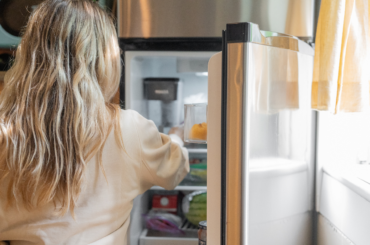Spend five minutes outside any ice cream or candy store and you’re bound to see a parent or two lamenting how the sweet treat is already “kicking in.” How many times have we watched our kids somersaulting by as the sun is going down or jumping from bed to bed and sworn off sweet treats in the evening?
Believe it or not, according to Dr. Mark Wolraich, chief of Developmental and Behavioral Pediatrics at Oklahoma University Health Sciences Center, who researched sugar’s effect on children in the 1990s, “Sugar does not appear to affect behavior in children.” It’s actually the placebo effect that makes parents think their kids are bouncing off the walls moments after dessert. When a parent feels that sugar is causing a child’s misbehavior, “their ideas are reinforced by seeing it in those circumstances,” Wolraich told Live Science.
Despite current beliefs about how much sugar today’s kids are consuming, a study in the European Journal of Nutrition found that sugar intake is not actually increasing. The study analyzed the diets of over 1200 children ages 3-18 from 1985 to 2016 and found that while sugar intake did increase from 1985-2005, there was a decrease after that, most notably from 2010 on.
The news isn’t all sweet, however.
While it’s good news that sugar intake is decreasing, today’s kids are still getting too much. The same study revealed that the amounts of “free sugar” kids consume is still intake levels recommended by the World Health Organization. Indeed, an article in Healthychildren.org, a pediatrician-backed parenting website, states that, “On average, sugar makes up 17% of what children consume each day.”
So how do we decrease the sugar our kids take in each day? Read nutrition labels and check out just how much sugar is in what your kids are consuming. “Aim for less than 25 grams (about 6 teaspoons) of added sugar per day for children 2 years of age and older.”
The American Academy of Pediatrics (AAP) also recommends limiting 100 percent fruit juice. Despite the perception that it’s healthy, the AAP warns “it has more sugar per serving than whole fruit.” Offering water and milk to drink is the best option to curb that extra sugar intake. And fresh fruit is a great way to satisfy a sweet tooth without too much sugar.
It’s great news that families aren’t serving up more sugar that they have in years past. Now if we could just get those sugar amounts down a little lower we’d all be in sweet shape!







